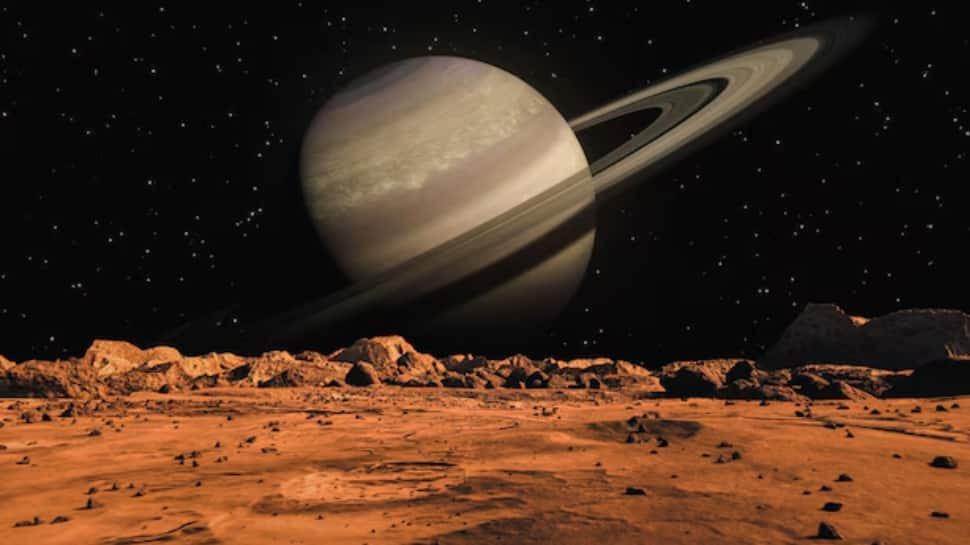When we think about alien life, we usually imagine Earth-like planets basking in just the right amount of sunlight, a place where water can stay liquid and life can thrive. But what if we’ve been looking in the wrong places all along?
A bold new study from New York University Abu Dhabi’s Centre for Astrophysics and Space Science suggests that life could exist far from starlight, in the deepest, darkest, and coldest corners of the universe. And the secret ingredient? Cosmic rays.
These high-energy beams, constantly zipping through the cosmos, could carry enough energy to trigger radiolysis, a chemical reaction that breaks apart water molecules beneath icy planetary surfaces. This reaction could provide the spark for microbial life, even on frozen moons or planets orbiting distant stars.
Radiolytic Habitable Zone: A New Frontier in Space Biology
Traditionally, scientists have limited their search for alien life to the “Goldilocks Zone,” regions around stars that aren’t too hot or too cold. But this new theory introduces a revolutionary concept: the “Radiolytic Habitable Zone”.
By simulating how cosmic rays interact with icy bodies like Mars, Enceladus (a moon of Saturn), and Europa (a moon of Jupiter), the team found that radiolysis could occur, creating life-sustaining conditions even without sunlight.
In fact, Enceladus stood out as the most promising candidate, thanks to its suspected subsurface ocean and exposure to high levels of cosmic radiation. The research, published in the International Journal of Astrobiology, signals a major shift in our understanding of where life could exist in the universe.
Life Beyond Sunlight: What This Means
The implications of this research are enormous. It means that our universe might be teeming with life in places we never bothered to look, beneath ice sheets, inside caves, or even on planets with zero sunlight.
Lead researcher Dimitra Atri summed it up best:
“This discovery changes the way we think about where life might exist. Instead of looking only for warm planets with sunlight, we can now consider places that are cold and dark… Life might be able to survive in more places than we ever imagined.”
This opens the door to new exploration missions, especially targeting icy moons and rogue planets.
FAQs
Q1. What is the Radiolytic Habitable Zone?
It’s a newly proposed region where life might exist due to cosmic rays triggering water-splitting reactions beneath icy surfaces.
Q2. Which moon showed the most promise for supporting life?
Saturn’s moon Enceladus emerged as the most likely candidate in simulations.
Q3. Could this change how we search for alien life?
Absolutely, scientists may now expand their search to dark, cold regions that were previously ignored.



